Loyalists in Belfast celebrating the Platinum Jubilee
- Text by Jake Denton
- Photography by Isaac Lamb

“What you need to understand, boys,” the taxi driver tells us, “is that things around here can change in a minute.” We’re in a black cab, driving towards the Shankill, a loyalist neighbourhood in the heart of West Belfast. Here, the memories of The Troubles are painted on the walls: a children’s playground looks out onto a mural of a paramilitary group that killed hundreds of Catholic civilians.
“Welcome to Belfast,” the driver chuckles, “Where the abnormal is normal.”
I’m here with photographer Isaac Lamb to document the Queen’s Platinum Jubilee, a milestone celebration of Her Royal Majesty’s 70 years on the throne.
“You see that building on the right, boys?” the driver nods to a modern hotel that looms over the city centre. “Most bombed hotel in Europe. Blown up 33 times.”
“Why?” I ask.
“Because that’s where the journalists stayed.”
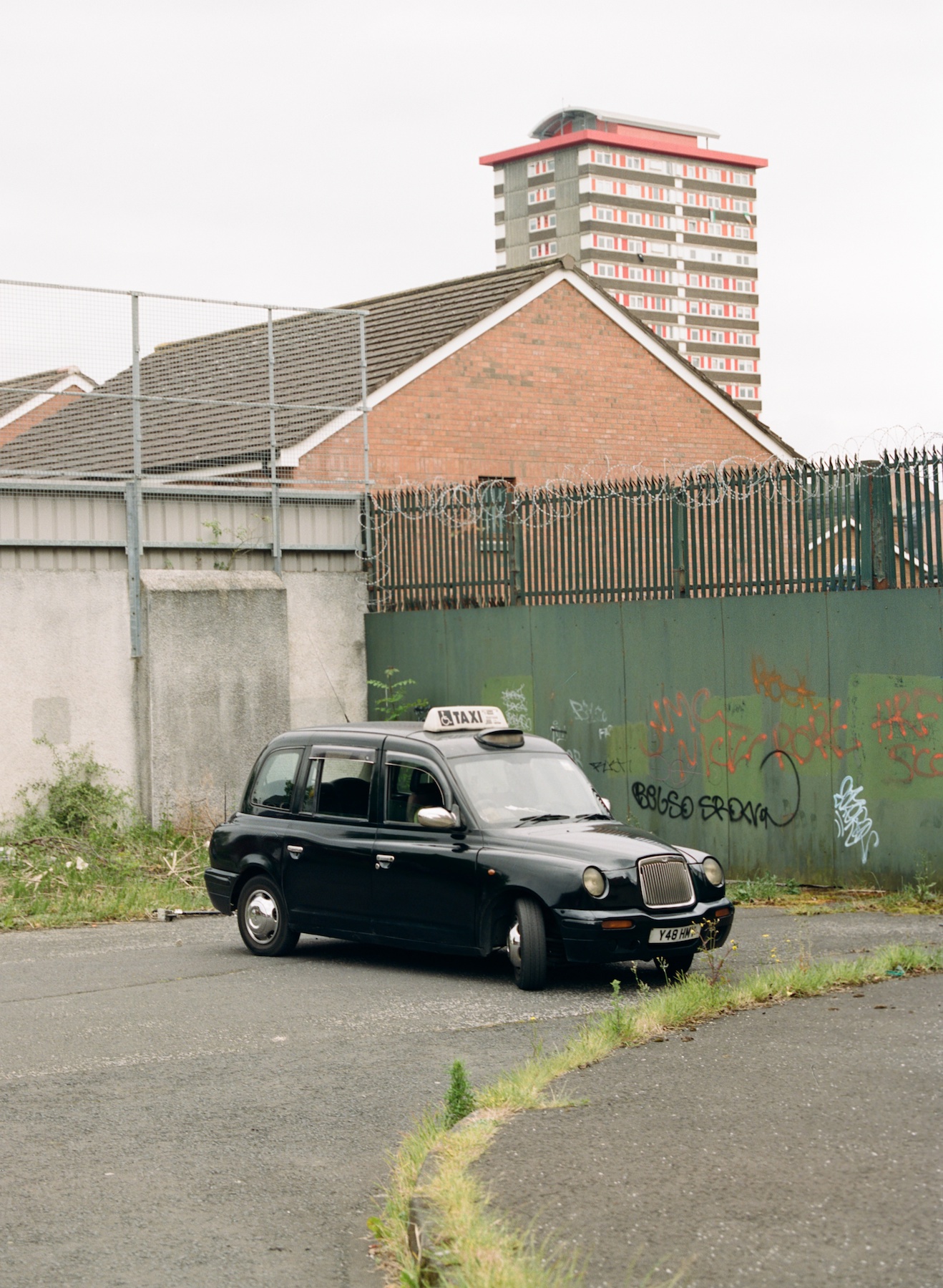
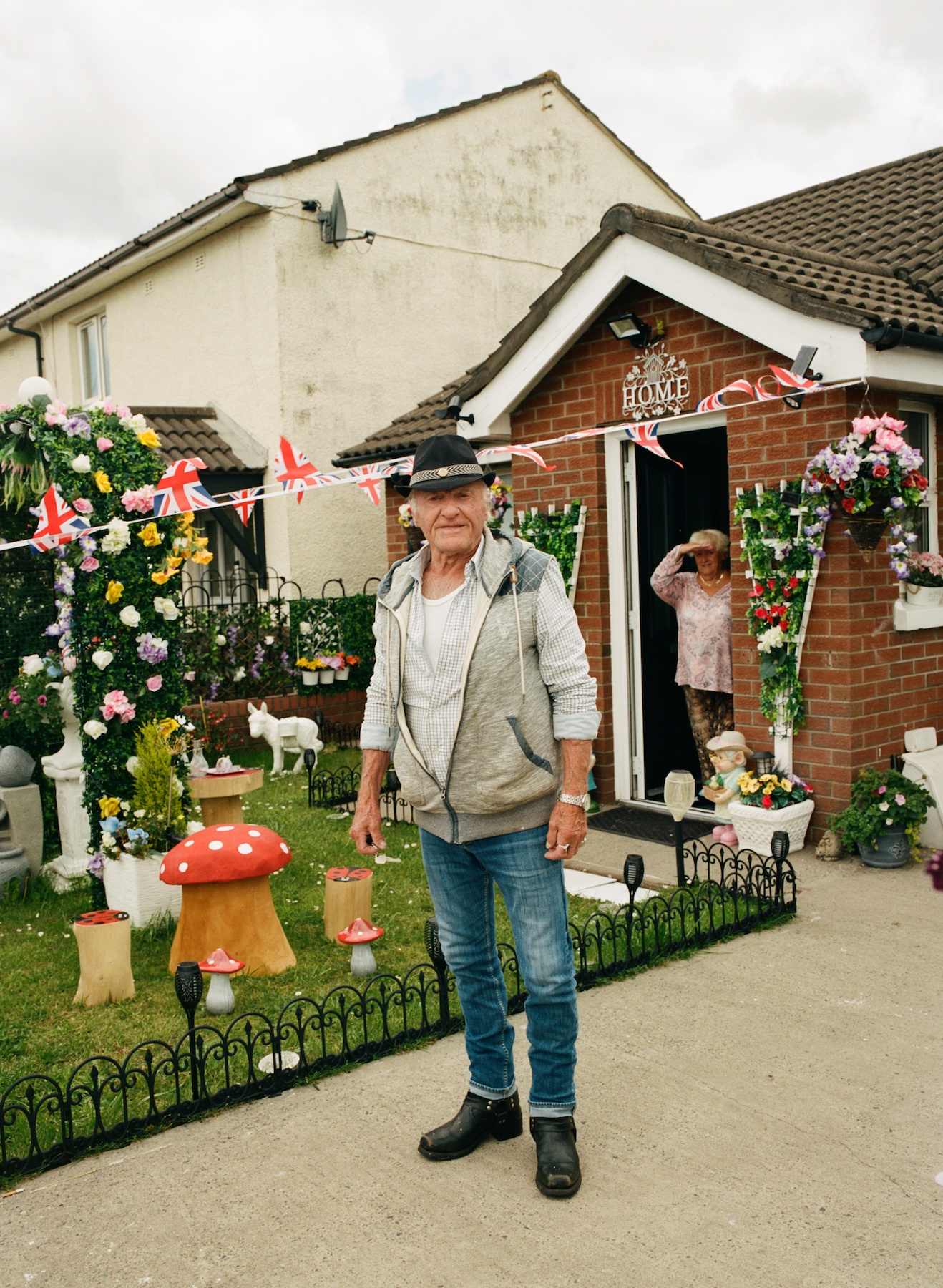
Isaac and I touched down in Belfast in the early hours of Friday morning. It’s a gloomy day. The wind howls between the red brick office blocks in the gentrified city centre.
Jim, our tour guide, picks us up outside our hotel in a black cab. He’s a loyalist: opposed to a united Ireland and loyal to British rule. He’s also an Ulsterman: a descendant of the northern county of Ulster.
“I’m more British than the British,” he says, “cut me open and I’m orange, red, white, and blue.”
In the years since the Good Friday Agreement, sectarian relations have improved. So much so that for almost a decade, Jim has been giving black taxi tours of the peace walls. “We’re holding hands with the Catholics,” he shrugs, “but we’re not exactly kissing.”
Ahead of tomorrow’s parade, almost every house in the Shankill is decorated with flags and banners dedicated to the Queen. “If there’s somewhere in the world that’s more British, I’m yet to see it, boys,” he says, with a glint in his eye.
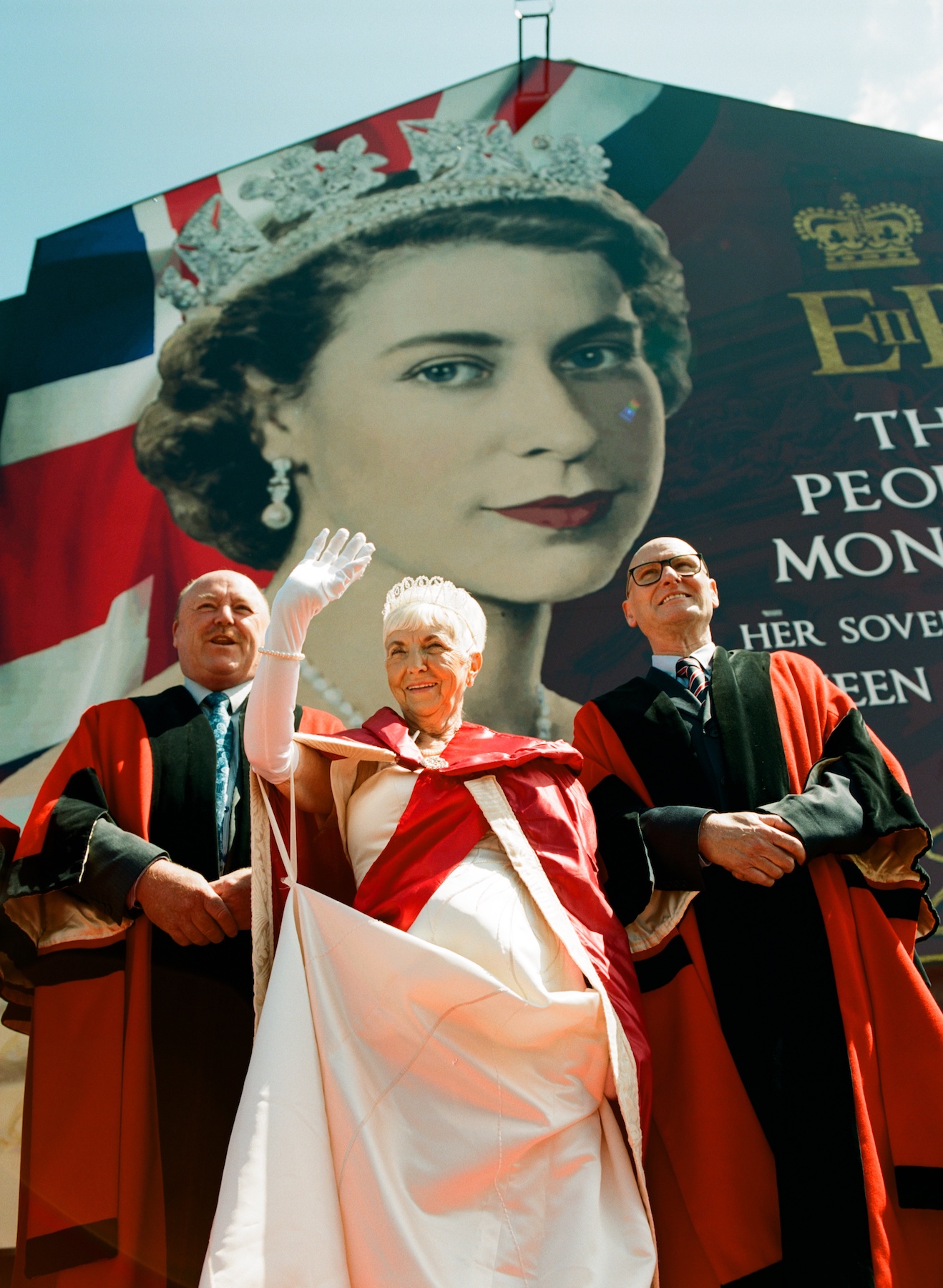
To an outsider, it seems like a strange irony that one of the poorest neighbourhoods in the UK is also the most patriotic. But then, these aren’t empty gestures. There was a time when “kicking with the wrong foot”, as Jim puts it, could get you killed. It was here that in 1993, an IRA bomb blew up a fish shop, killing eight protestant civilians.
Then there were the Shankill Butchers, who, from 1975 to 1982, lived up to their name by kidnapping, torturing, and executing Catholic civilians. “We don’t like to talk about it; boys, it was totally wrong.” Jim says. “But it did put the fear of God in them.”
In the evening, Isaac and I walk to a bar on the Shankill Road. Here, as on the mainland, pageantry and debauchery go hand-in-hand: a lively band plays Van Morrison covers, while punters play spin-the-wheel for cash prizes and bottles of booze. The locals are friendly, if not suspicious of what we’re doing here after dark.
The next morning, we’re back in the Shankill for the Platinum Jubilee parade. It’s a balmy day in Belfast, and the Divis mountains stand tall on the horizon. At two o’clock, the community is unveiling a new mural to commemorate Britain’s longest-serving monarch. Jim assures us the parade will be peaceful – the Queen’s Jubilee is a non-event for most Catholics – but there are armoured Police Service of Northern Ireland vans blocking the side streets just in case.
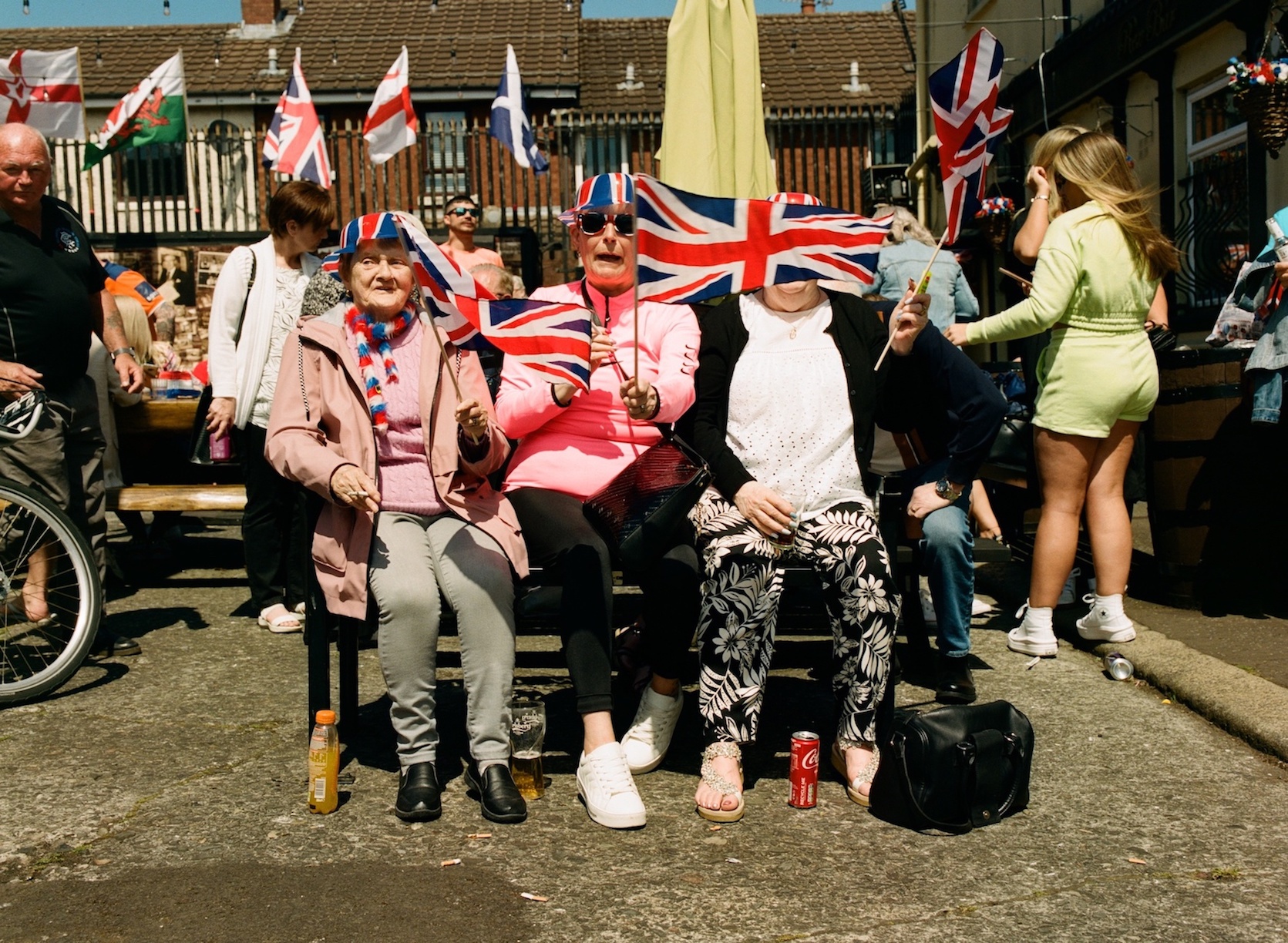
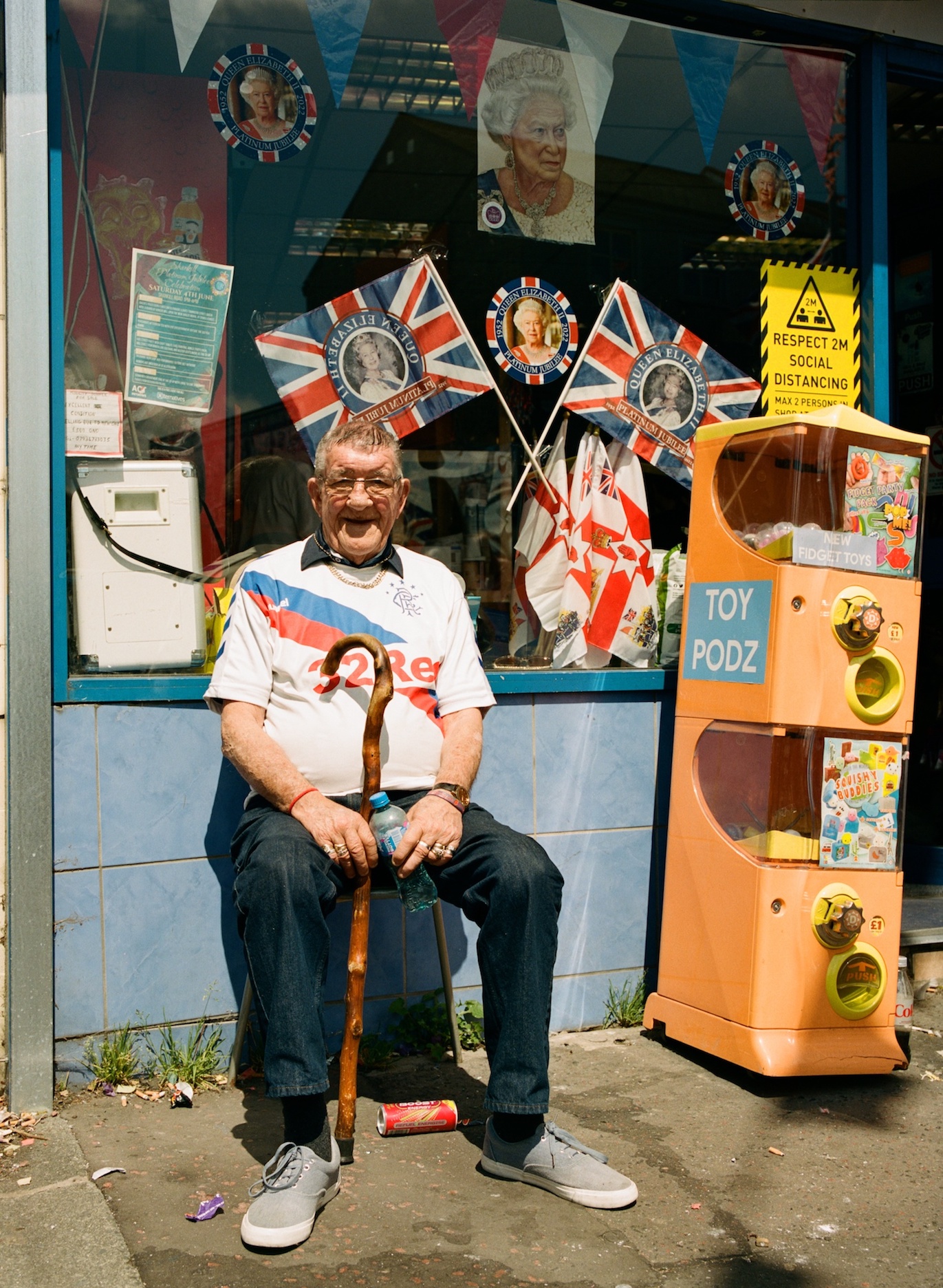
The procession appears as a red and blue snake on the horizon. 3000 protestants spill out onto the streets in a pastiche celebration of British identity: there’s folk dancing, fancy dress, and more plastic flags than people. The ages range from very old to very young with very little in between. Old men raise their glasses as the floats roll by the bars and the pubs. Young boys pose for pictures in the front seats of the riot vans. Young girls chase each other with bubbles and silly string.
“Days like today mean everything to our community. It’s our whole culture; our whole way of life.” John, a senior Shankill resident, tells me. “I love the Queen. Everyone else here loves her too.” I ask him why, to which he responds: “She’s a hardworking lady.”
The parade stops on the Crimea Street junction. A local woman, who is dressed as the Queen, steps out of a horse drawn carriage. She walks towards the off-licence on the corner of the street. A Union Jack covers the side of the building. The woman waves to the crowd. They cheer in return. She pulls away the flag to unveil a 30 foot mural of Queen Elizabeth II. 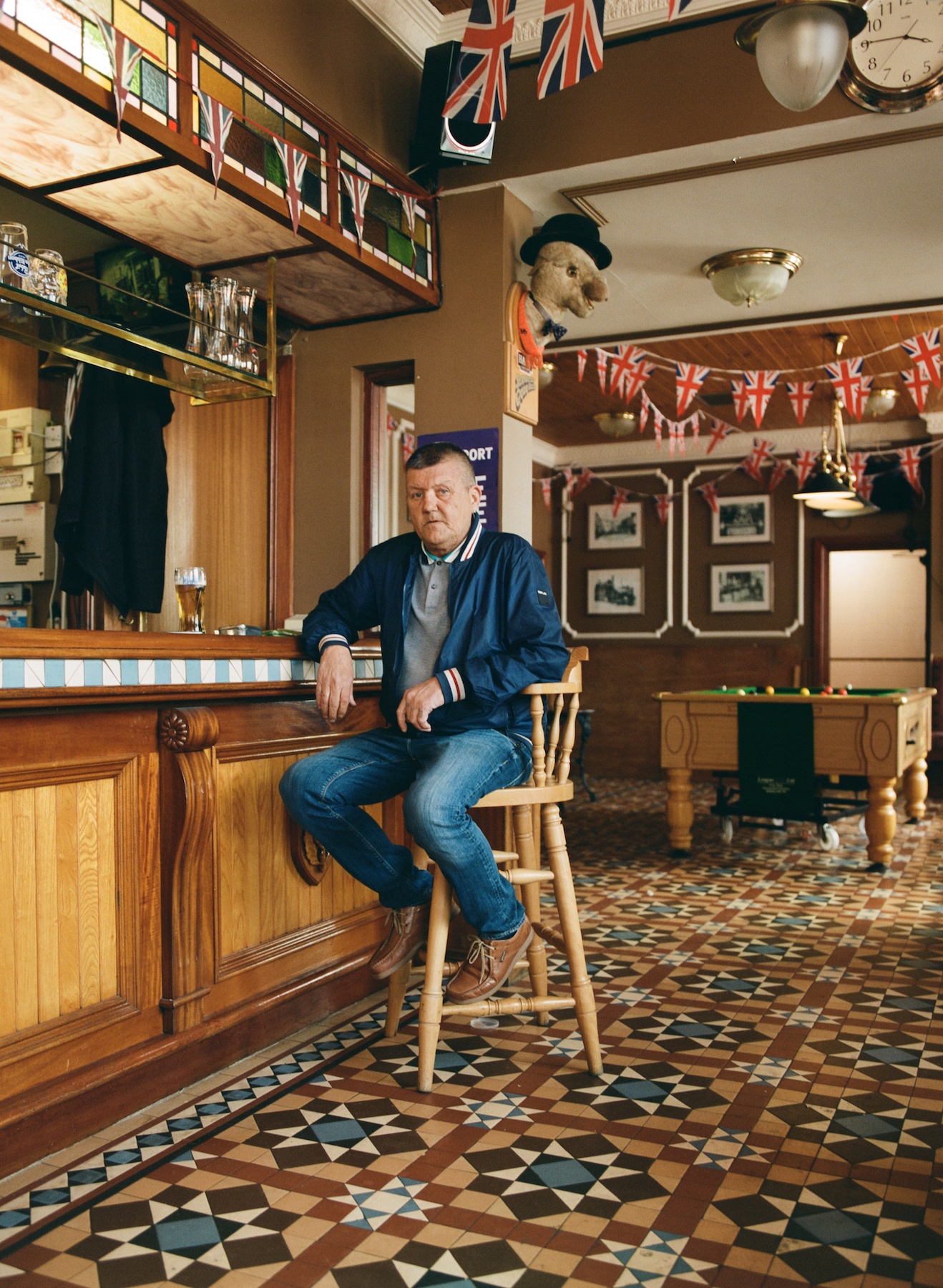
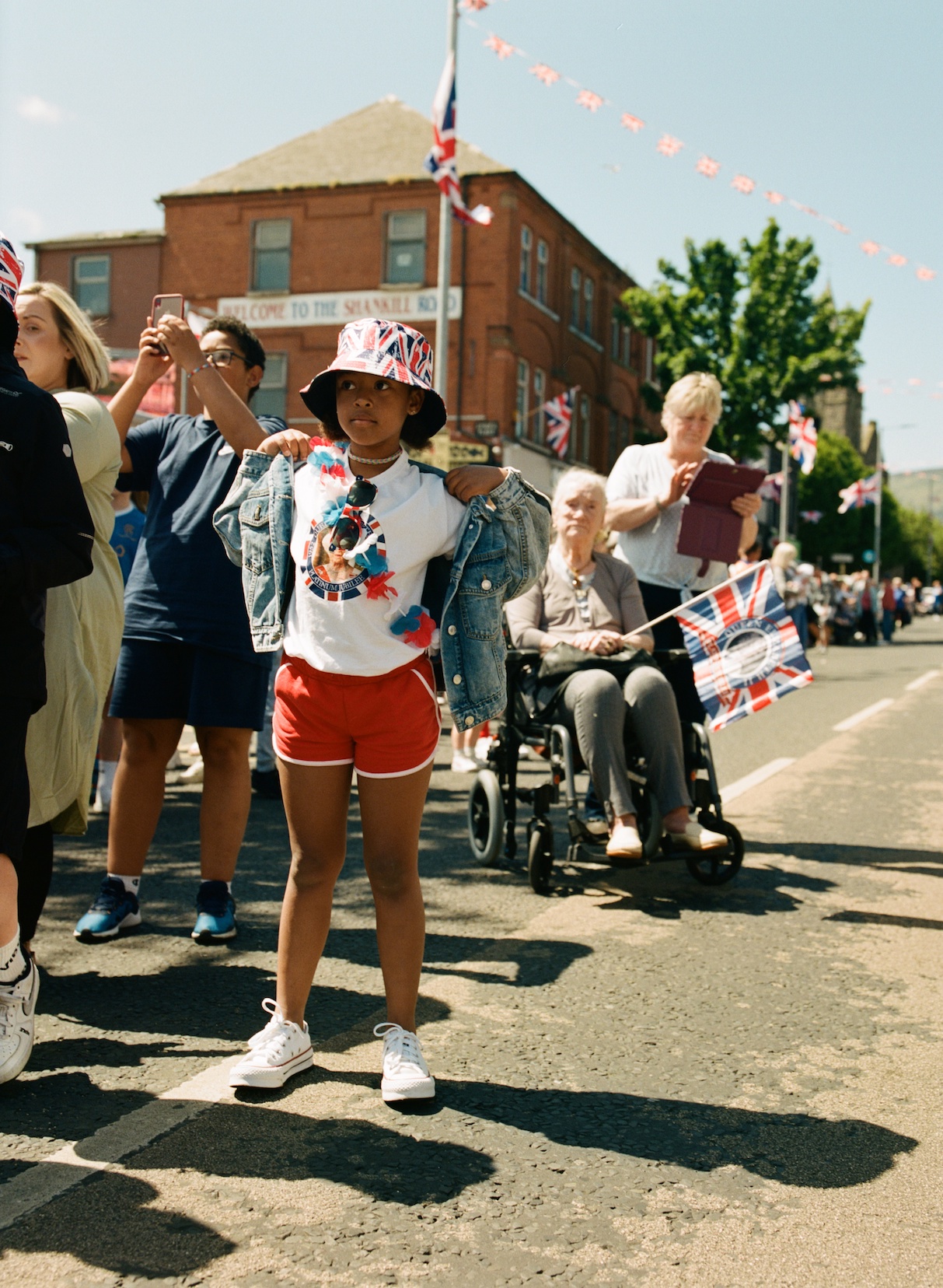
As the sun begins its long, slow descent over Belfast, Isaac and I head to a local pub: the aptly-named Diamond Jubilee, a Ulster Defence Association haunt, that first opened its doors in 1895. The regulars at the bar watch the Epsom Derby. One of them, another man named John, has moved back here, where he grew up, after spending years in England. “I’ve enjoyed myself in your country. You enjoy yourself in mine.” We order two pints of Guinness, and play a few games of snooker.
Five hundred miles away, on the other side of the Irish sea, the Queen’s Gold State Coach is leading the Jubilee pageant to Buckingham Palace. A hologram of Elizabeth II waves from the window of the 260-year-old carriage. In the not too distant future, the Shankill will mourn her death longer and harder than most.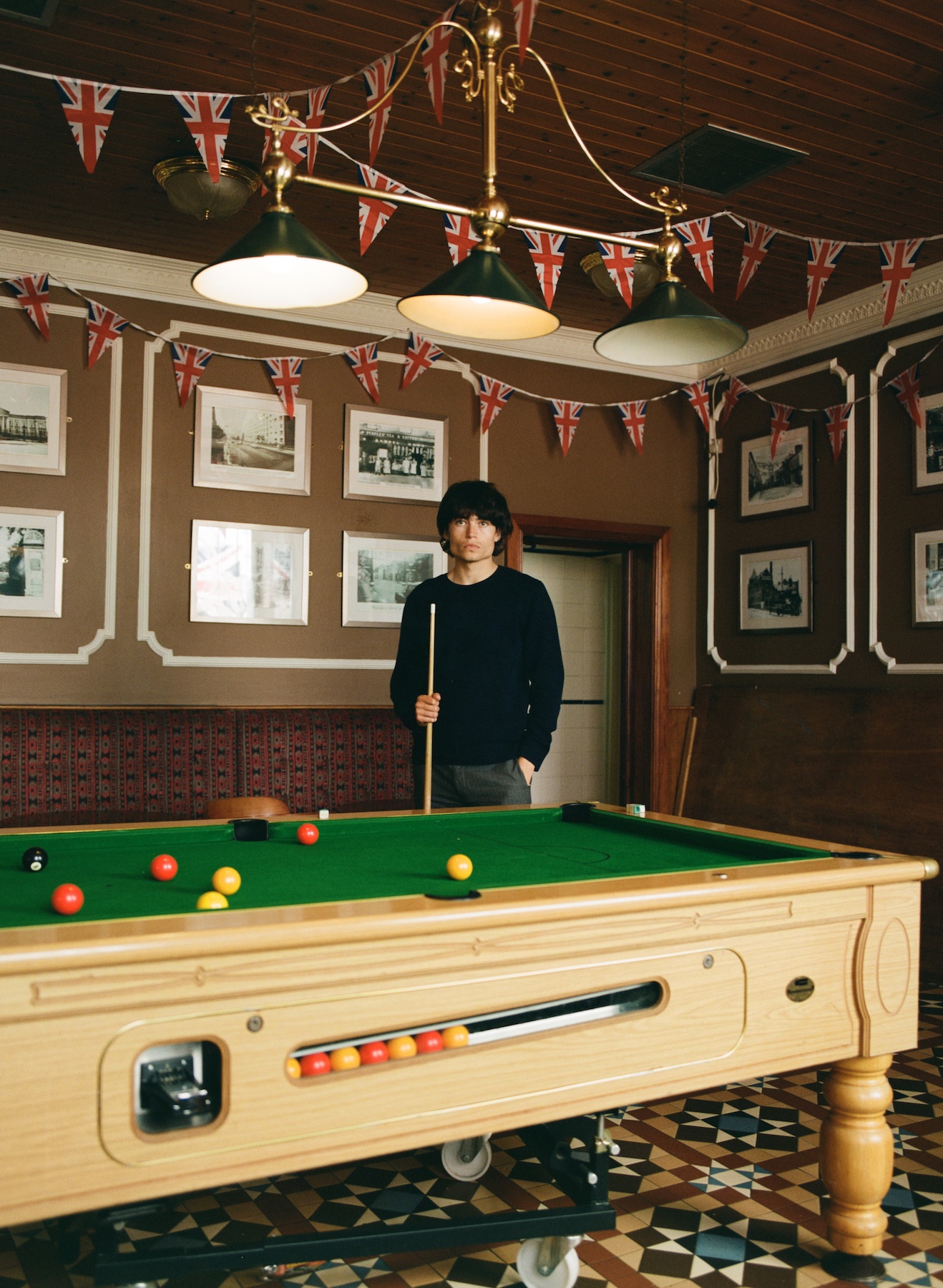
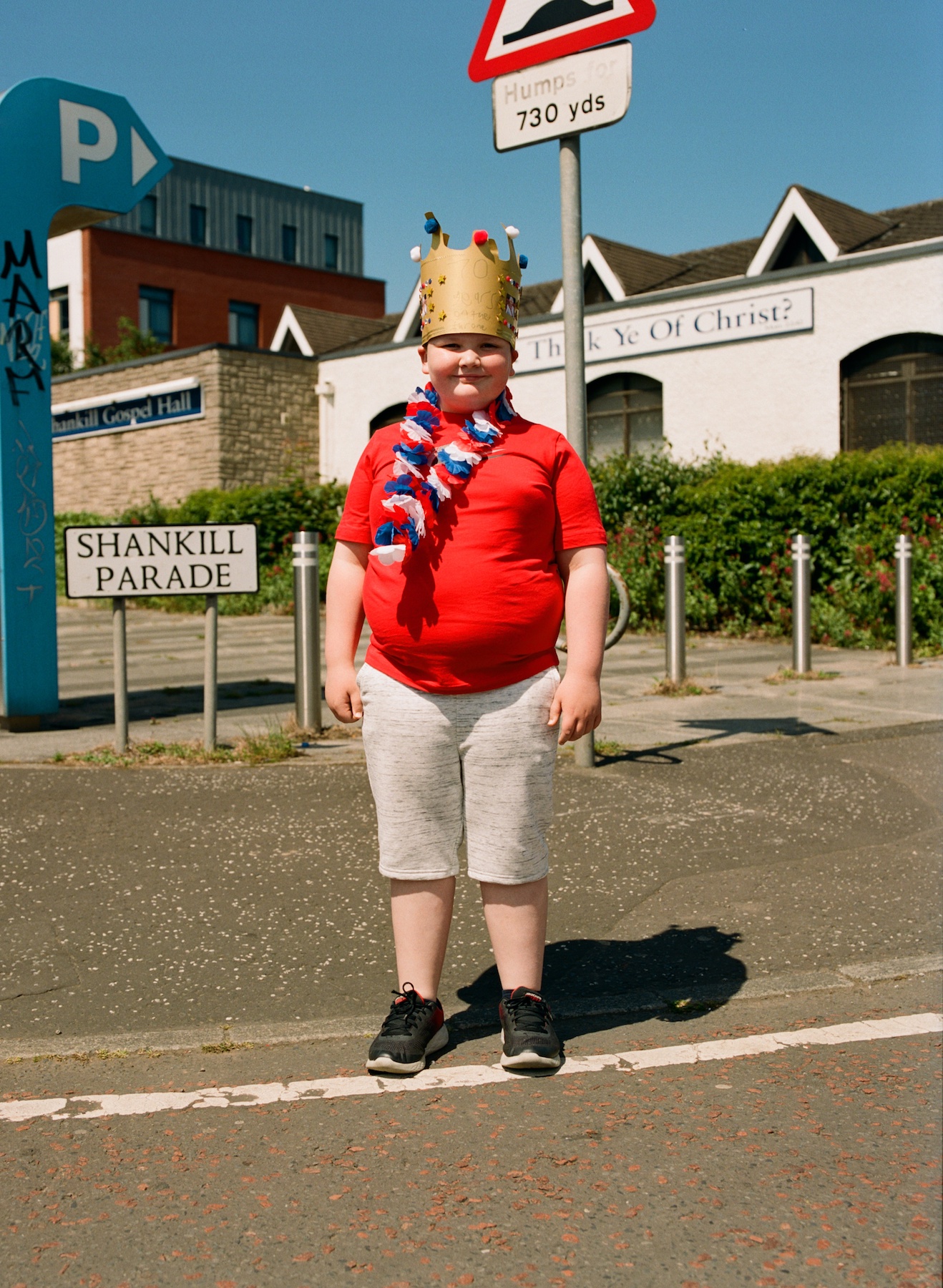
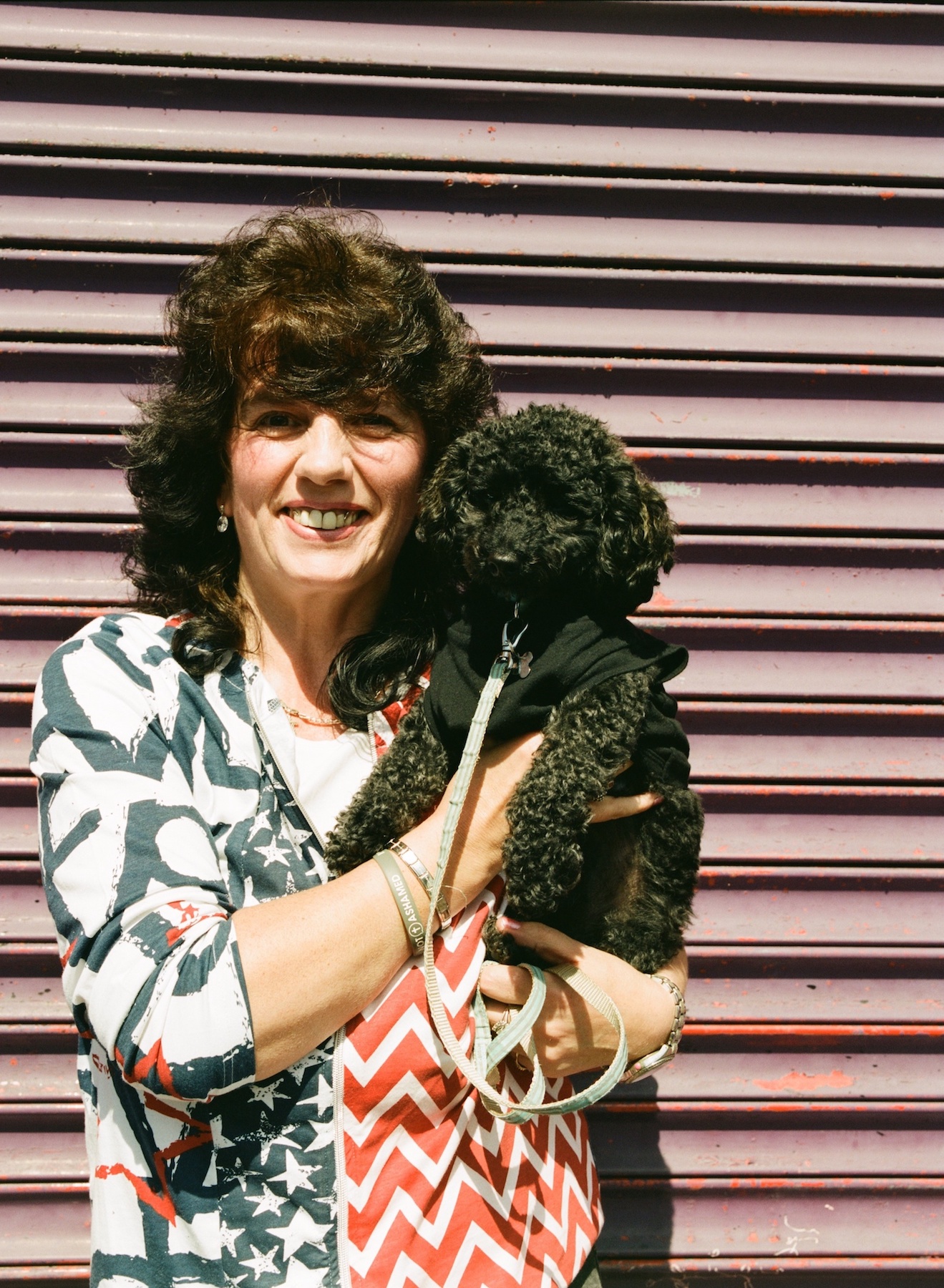
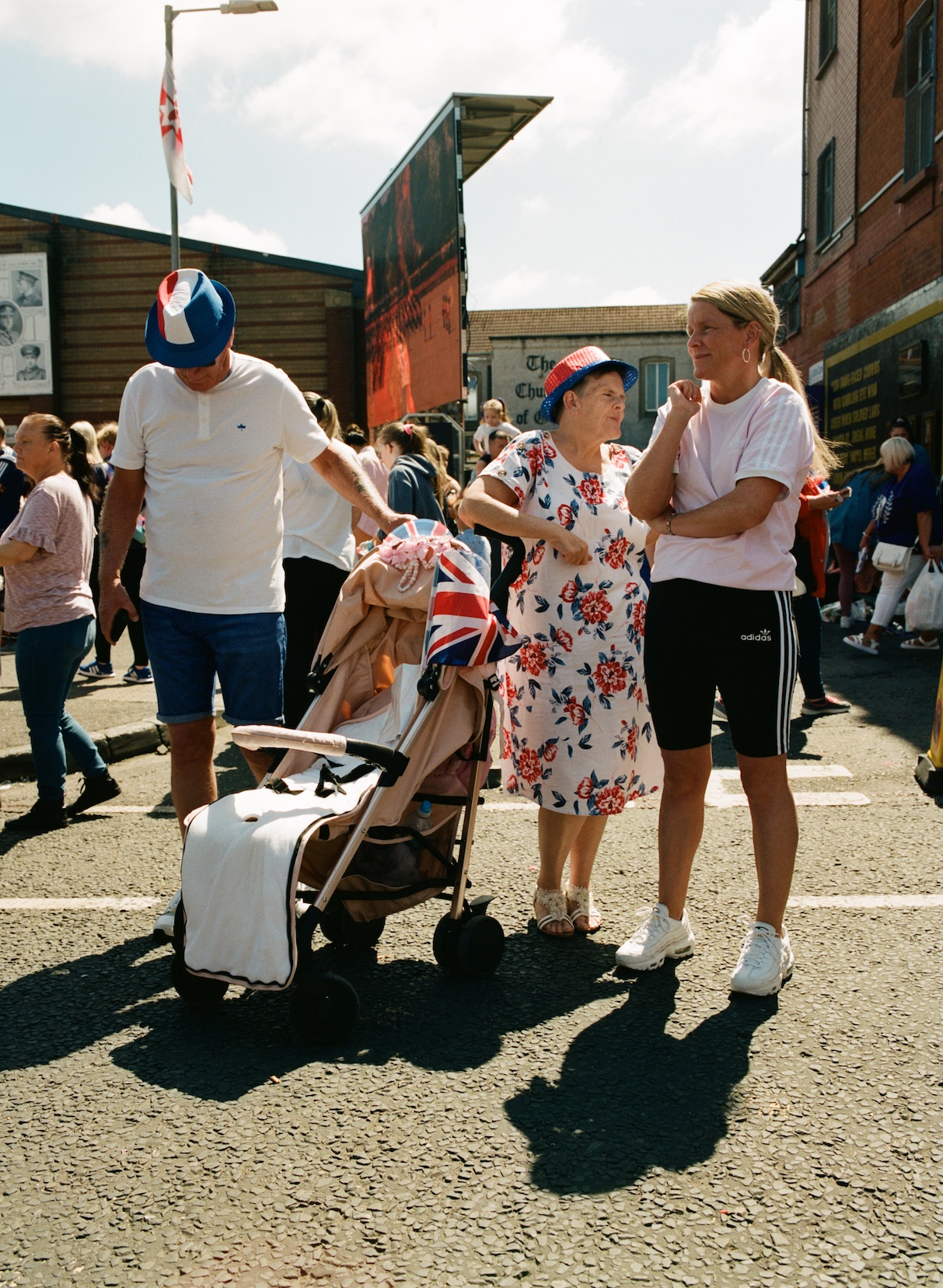
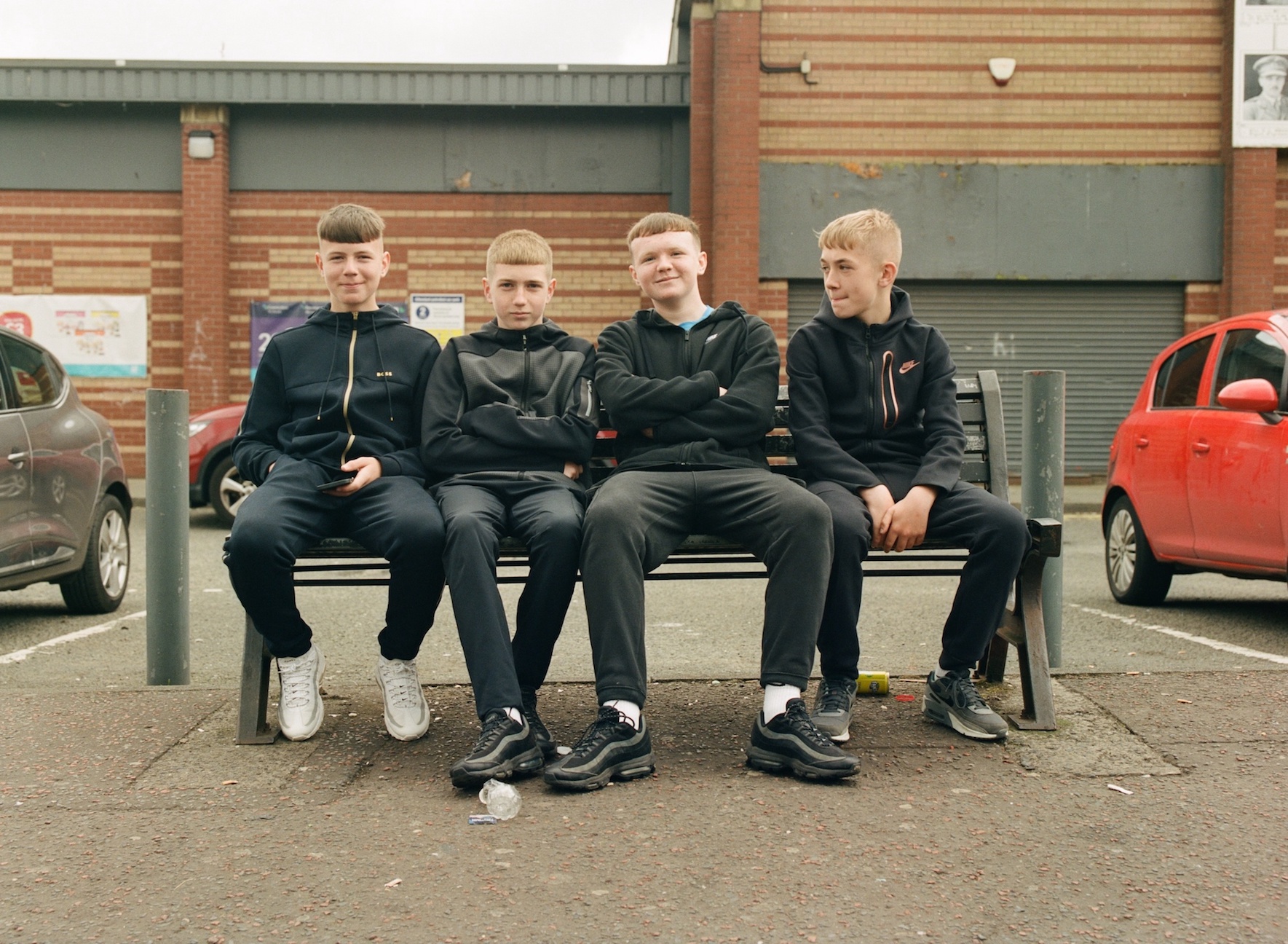
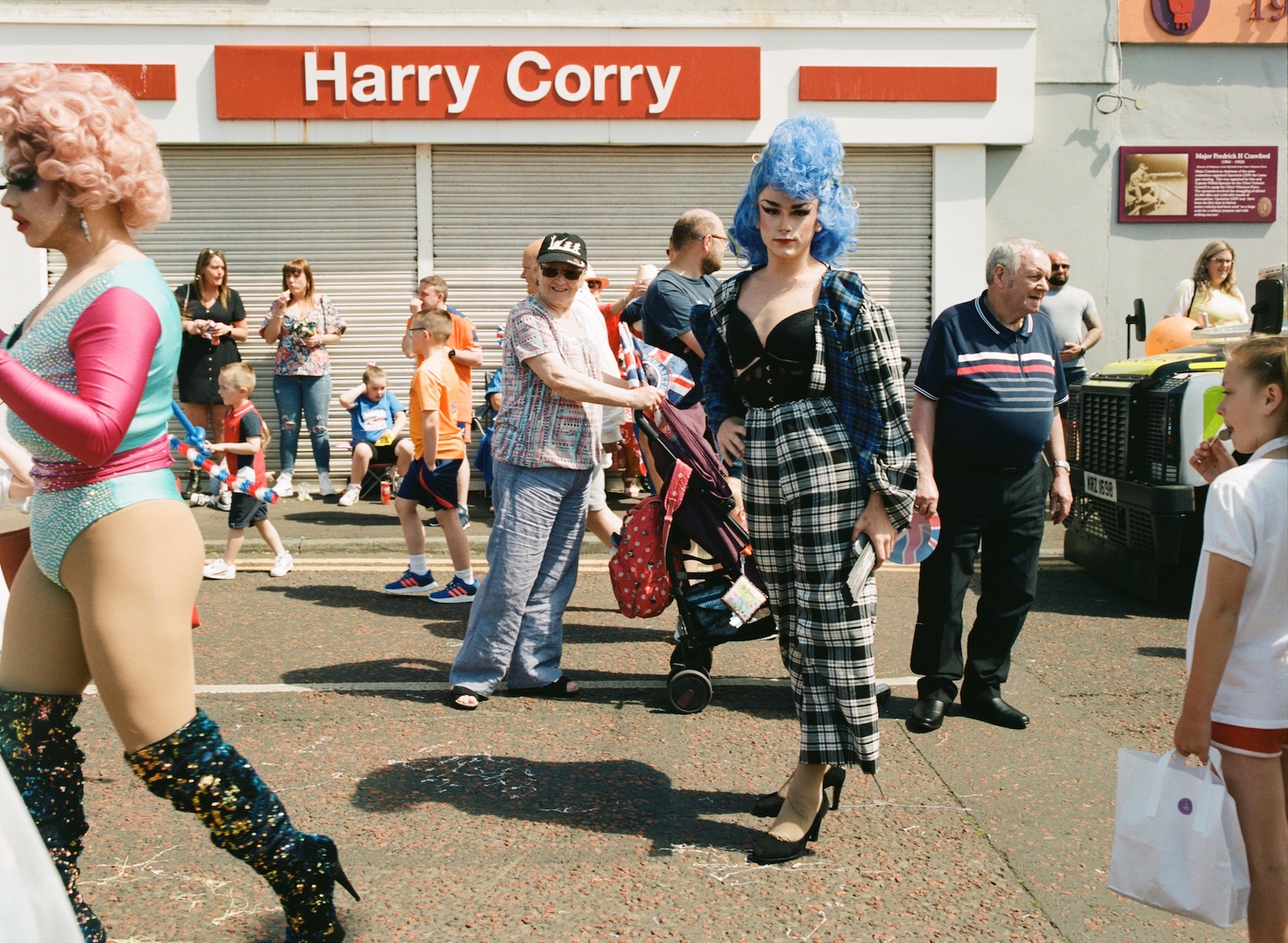
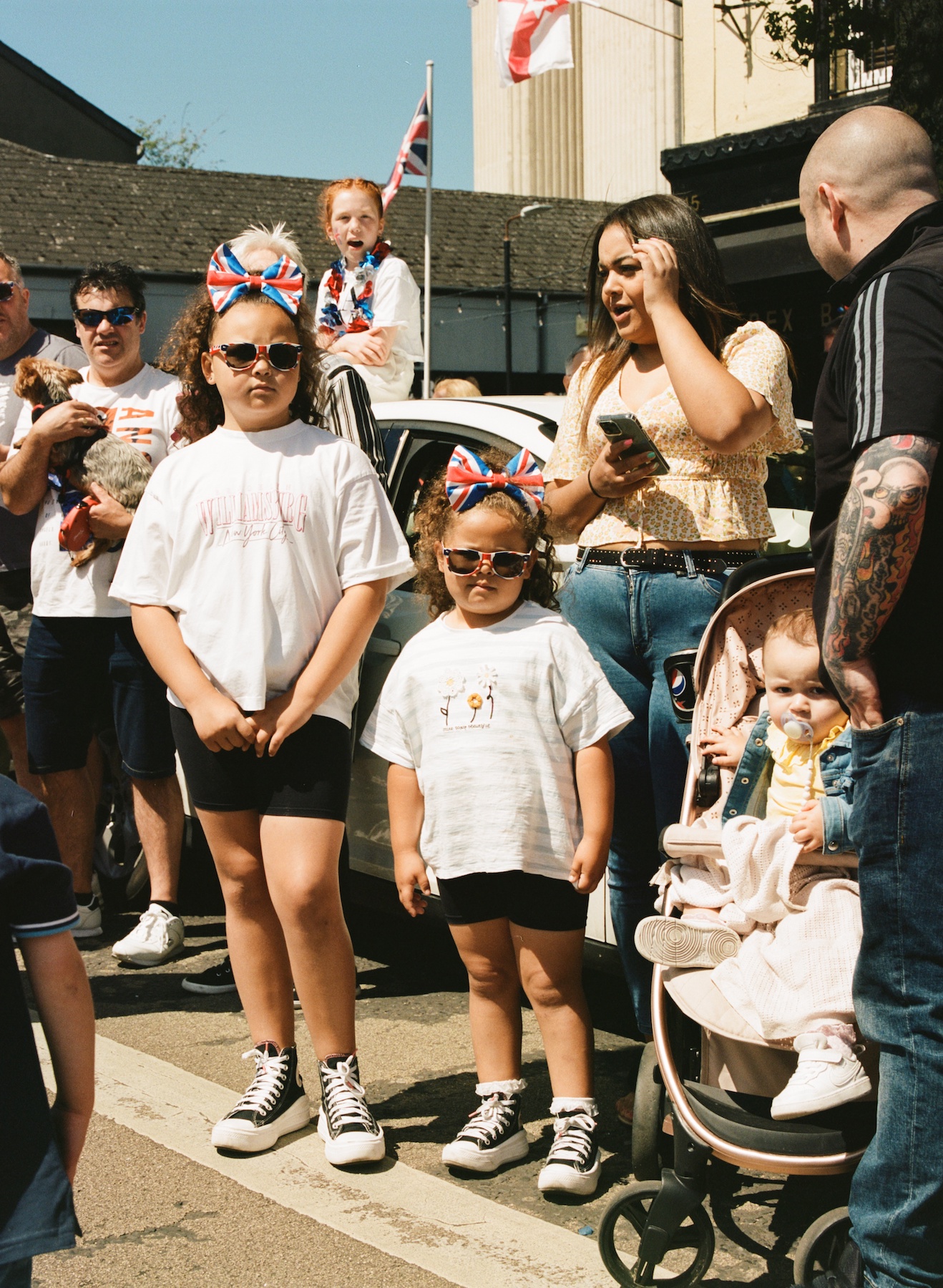
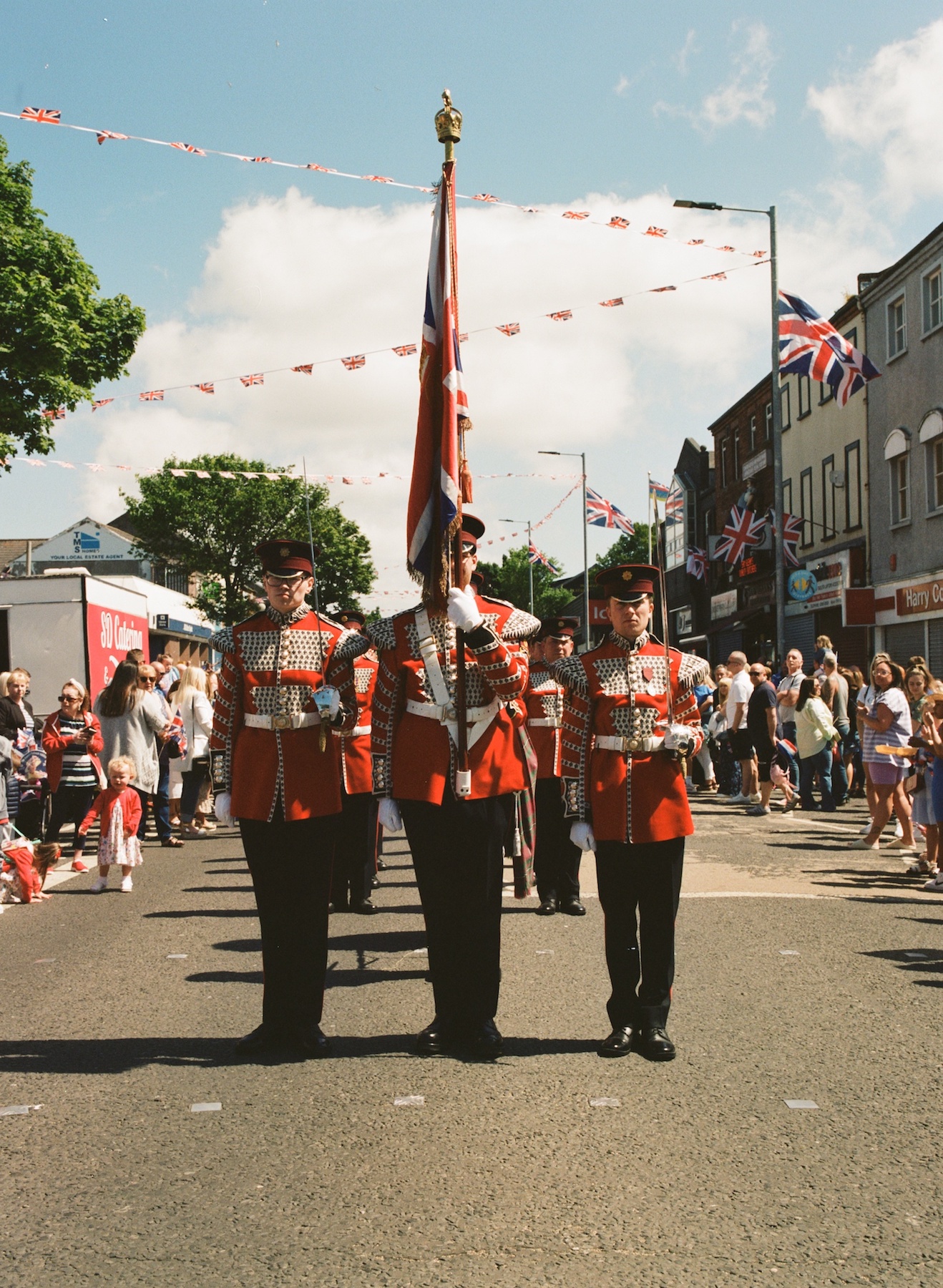
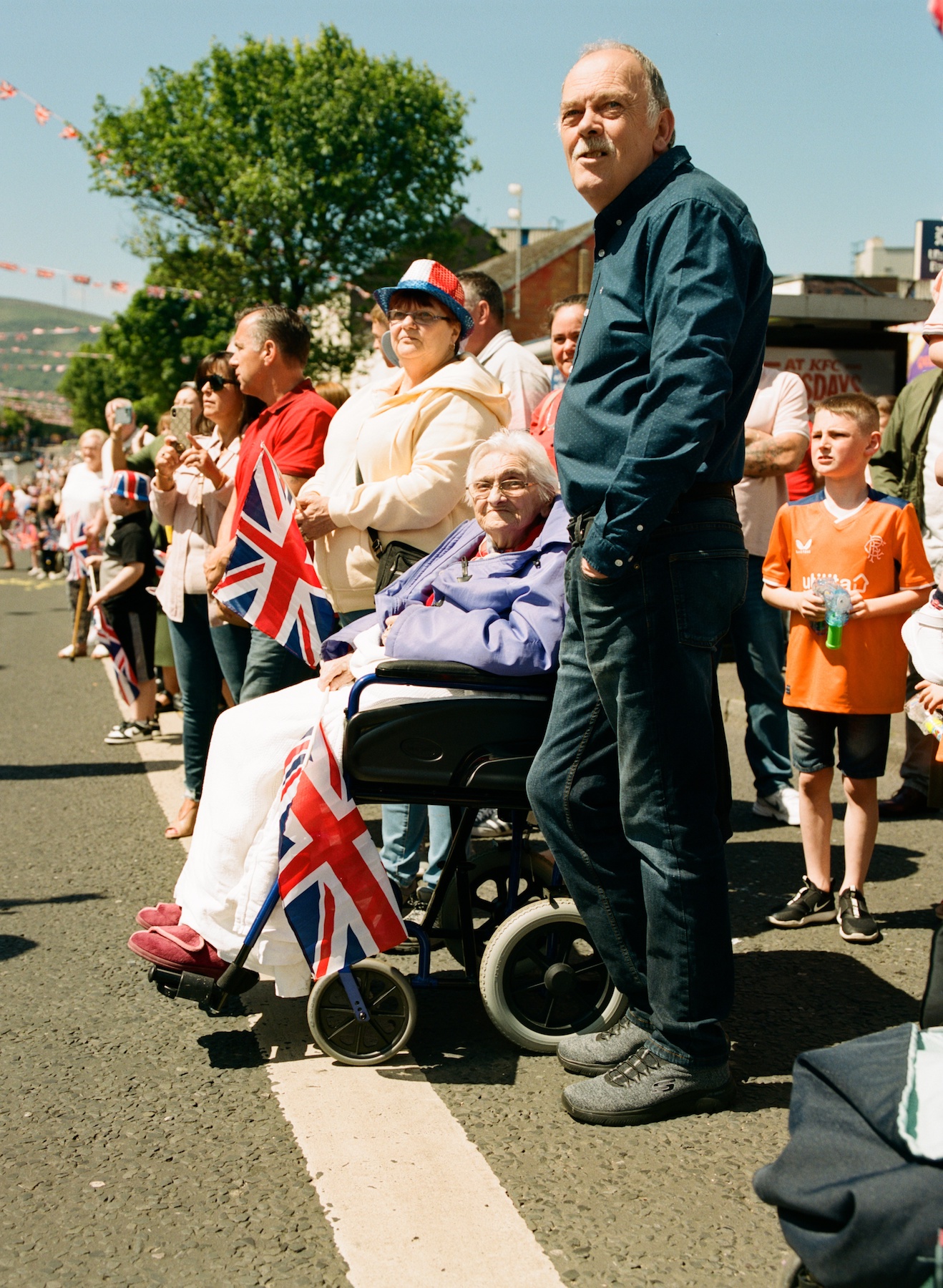
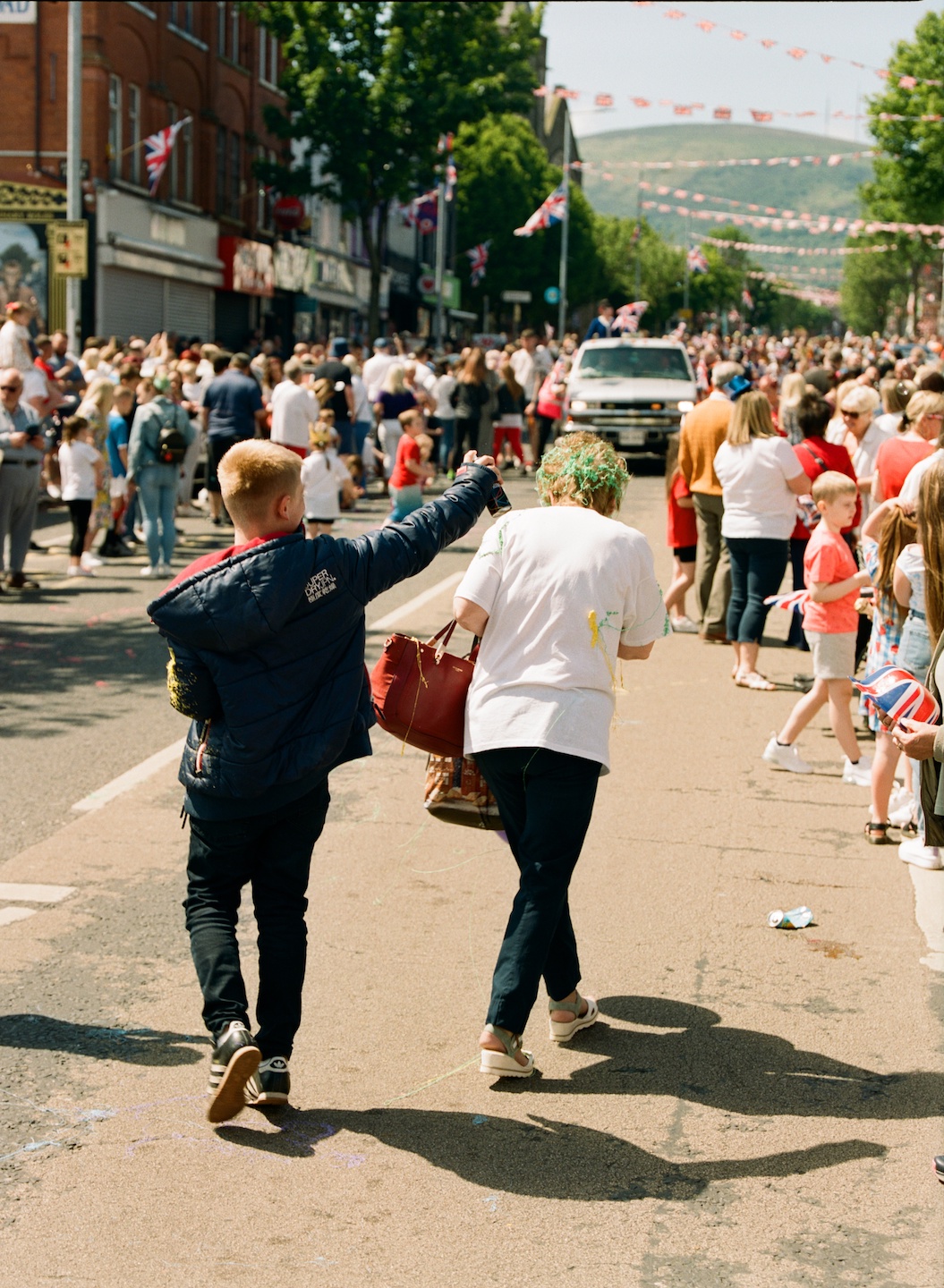
Follow Jake Denton on Twitter.
Follow Isaac Lamb on Instagram.
Enjoyed this article? Like Huck on Facebook or follow us on Twitter.
You might like

“Humanity’s big threat is our disconnect from nature”: Craig Richards and Chris Levine in conversation
Lighting up — With Houghton Festival collaborating with artist Chris Levine in its most recent edition, we sat down with the light artist and the festival’s creative director Craig Richards to chat about their new installations, and the role of art and music in tumultuous times.
Written by: Isaac Muk

Three heart wrenching poems from Gaza
Writings that narrate — With Gaza’s population facing starvation, we are handing over our website to Yahya Alhamarna, a displaced poet and student in Gaza, who shares some of his recent poetry, and explains why writing is so important to him.
Written by: Yahya Alhamarna

Throwback portraits of the UK’s first punks
Punks 1978-1980 — While working as a photographer in the army, Wayne “Spike” Large would moonlight as a punk on the weekends. His new photobook revisits the characters that he captured from the genre’s heyday.
Written by: Miss Rosen

Meet Lady Pink, the ‘First Lady’ of graffiti
Miss Subway NYC — As a leading writer and artist in a man’s world, Sandra Fabara has long been a trailblazer for girls in underground art. Now, her new show touches on her legacy, while looking to the future.
Written by: Isaac Muk

Will internet age verification actually work?
VPN Summer — With the Online Safety Act coming into force over the weekend, the UK woke up to find pornography, but also any content deemed “harmful” hidden behind an ID wall. But young people are far too tech savvy to be deterred, explains newsletter columnist Emma Garland, who also warns of the dangers of mass data harvesting.
Written by: Emma Garland

Love and rage at the record shattering London Trans+ Pride 2025
Dismantle the cis-tem — With over 100,000 attendees, the Saturday march was the largest trans pride event ever in world history. Cheer Up Luv’s Eliza Hatch captured the action, and recounts its powerful energy.
Written by: Eliza Hatch / @cheerupluv

